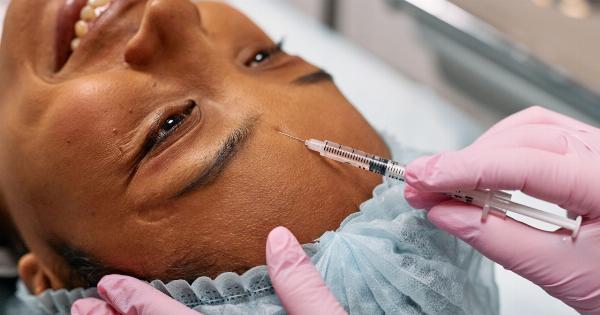Fat implantation is a cosmetic procedure that involves transferring fat from one part of your body and injecting it into another area to improve the appearance.
It’s become increasingly popular over the years as it’s a natural alternative to traditional fillers. This procedure can rejuvenate and sculpt various areas, such as the face, breasts, buttocks and hands. However, it’s important to follow certain guidelines if you want to get the best possible results.
Preparing for Fat Implantation
The first step to achieving optimal results is to find a qualified and experienced surgeon who performs fat implantation procedures.
Research your options thoroughly and book consultations with different surgeons to determine who you feel most comfortable with. During these consultations, you should discuss your goals and expectations and ask any questions you may have. Before the surgery, your surgeon will assess your health and medical history to determine if you’re a suitable candidate.
Optimizing Your Health Prior to Surgery
Leading up to your procedure, it’s essential to take care of your body. Maintain a healthy diet, exercise regularly, and try to avoid smoking and excessive alcohol consumption.
These habits can affect the success of your procedure and slow down the healing process. Additionally, you may be instructed to stop taking certain medications, such as blood thinners and anti-inflammatory drugs, as these can increase the risk of complications during and after the surgery.
The Procedure
The procedure itself involves several steps. Firstly, the surgeon will extract fat from a donor area, usually the abdomen and thighs, using liposuction techniques. This fat is then purified, and the healthy fat cells are separated from any impurities.
Finally, the surgeon injects the fat into the desired area. This process may take a few hours, depending on the number of areas being treated.
Recovery
The recovery process is just as important as the procedure itself. Proper care during this time will ensure that you achieve the best possible results.
Depending on the amount of fat extracted and injected, there may be some pain, swelling and bruising, which should subside within a week or two. You may be advised to wear compression garments and avoid strenuous exercise for several weeks. It’s important to attend all follow-up appointments to ensure that you’re healing correctly and to address any concerns you may have.
Results
Results may vary depending on the individual, but fat implantation can produce natural-looking, long-lasting results. It’s important to be patient as initial swelling may mask the actual results. The final results may take a few months to become apparent.
Fat implantation is often favoured over traditional fillers as it is non-toxic, non-allergic, and reduces the risk of infection or allergic reactions.
Possible Risks and Complications
It’s important to be aware of possible risks and complications that could occur during or after the procedure. These may include infection, bleeding, and bruising, as well as issues with the placement of the fat.
Speak to your surgeon about the potential risks and the steps that can be taken to minimize them.
Care and Maintenance
Post-surgery, it’s essential to take care of your investment. Maintaining a healthy lifestyle, including a balanced diet and regular exercise, can help to ensure that you maintain the results of your fat implantation procedure.
Avoid crash diets, smoking, and excessive sun exposure as these habits can speed up the ageing process. Additionally, you may want to consider scheduling touch-up procedures to maintain the results of your fat implantation.
Expanding Your Knowledge on Fat Implantation
If you’re considering fat implantation, it’s essential to understand all aspects of the procedure. This will help you to make an informed decision about whether it’s the right option for you and what to expect during and after the procedure.
Read up on the topic, ask questions, and speak openly with your surgeon.
Conclusion
In conclusion, fat implantation is a safe, natural alternative to traditional fillers that can produce long-lasting, natural-looking results.
Following the proper guidelines, such as finding an experienced surgeon, taking care of your health leading up to surgery, and adhering to the post-surgery care instructions, will help to ensure that you achieve the best possible results. If you’re considering fat implantation, it’s vital to do your research and speak openly with your surgeon to determine if it’s right for you.



























